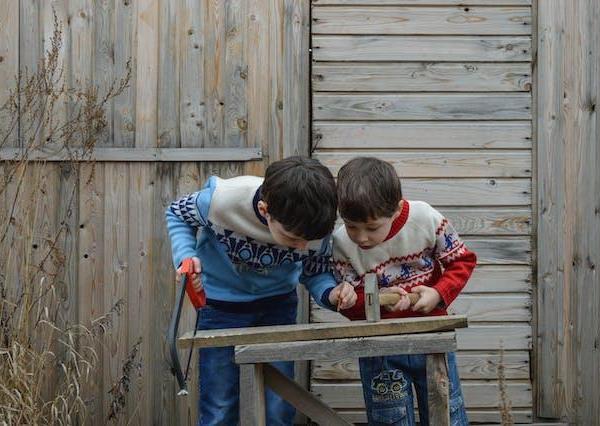For instance, students engage in the habit of regular studying to gain good marks and remain at the top of their class. It is also a method of positive parenting.
Why Positive Reinforcement is Essential for Young Children
Young children need to know that good behavior is the way of life and that it is always rewarded. Plus reward makes them believe that good always wins and hence they try to adopt such behaviors. Positive reinforcement is super important for parents with young kids for the following reasons.1. Strengthening Parent-Child Relationship:
Positive reinforcement helps make the parent-child relationship strong and happy. When kids get rewards for being good, they feel loved and special, which makes them trust their parents more.2. Teaching and Changing Behaviors:
It's great for teaching and changing behaviors. When kids get prizes for doing good stuff, they want to do it again. So, it's a good way to teach them new things and fix behaviors that aren't so great.3. Boosting Self-Esteem:
It makes kids feel awesome about themselves. When they're praised and get rewards for trying hard, they feel confident and believe in themselves. This makes them ready to try new things and know they can do it.How to Implement Positive Reinforcement in Young Children?
Positive reinforcement is a simple but strong way to help kids behave well. If done correctly in their childhood, it could be imparted in their core values for the rest of their lives. Here are some tips on how to do it effectively:1. Be Clear and Quick with Praise and Rewards:
When you say something nice or give a reward to your child, make sure to say exactly what they did well and do it right away. This helps them understand why they're getting a reward and makes them want to do it again.2. Use Natural Consequences:
Let kids learn from what naturally happens because of their actions. For example, if they don't wear a coat on a cold day, they'll feel cold and uncomfortable. This teaches them about how their choices have results and encourages good behavior.3. Set Goals and Rewards:
Make a goal, like practicing something for a certain time each day, and promise a reward when they reach it. It motivates them to try hard and gives them something to look forward to.4. Be Consistent:
Always reward good behavior and correct bad behavior. Kids need to know that good behavior is always rewarded, and bad behavior is always corrected. Consistency helps them understand what's expected and what's not.5. Use Positive Words:
Instead of saying "Don't run!" say "Let's walk together." This focuses on what you want them to do and encourages them to follow your lead.Using these techniques can make parenting easier and help your child learn how to behave well and differentiate between what is good and what is not. This will also help them understand how every action matters and that the good is always rewarded.



